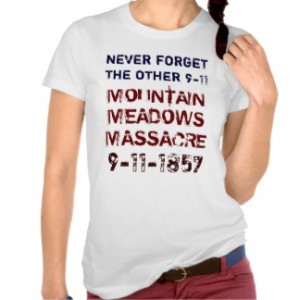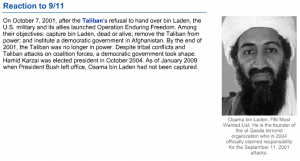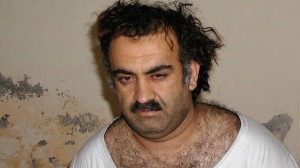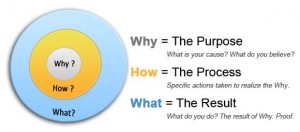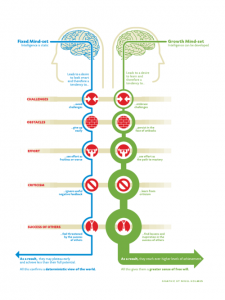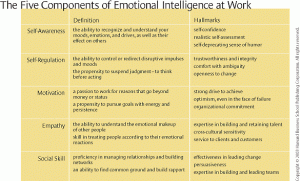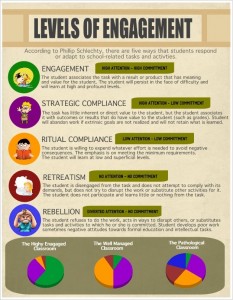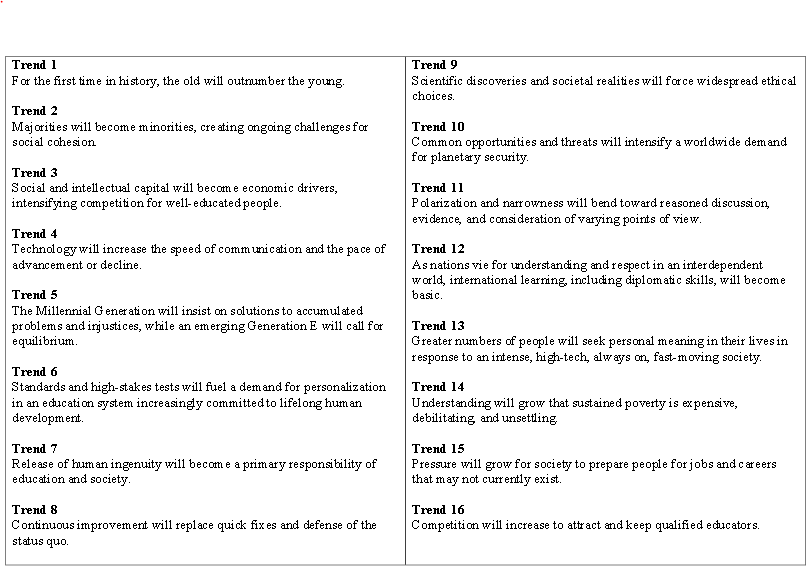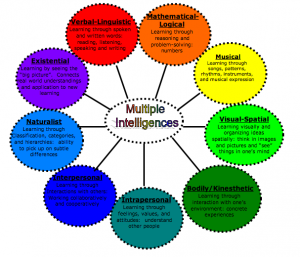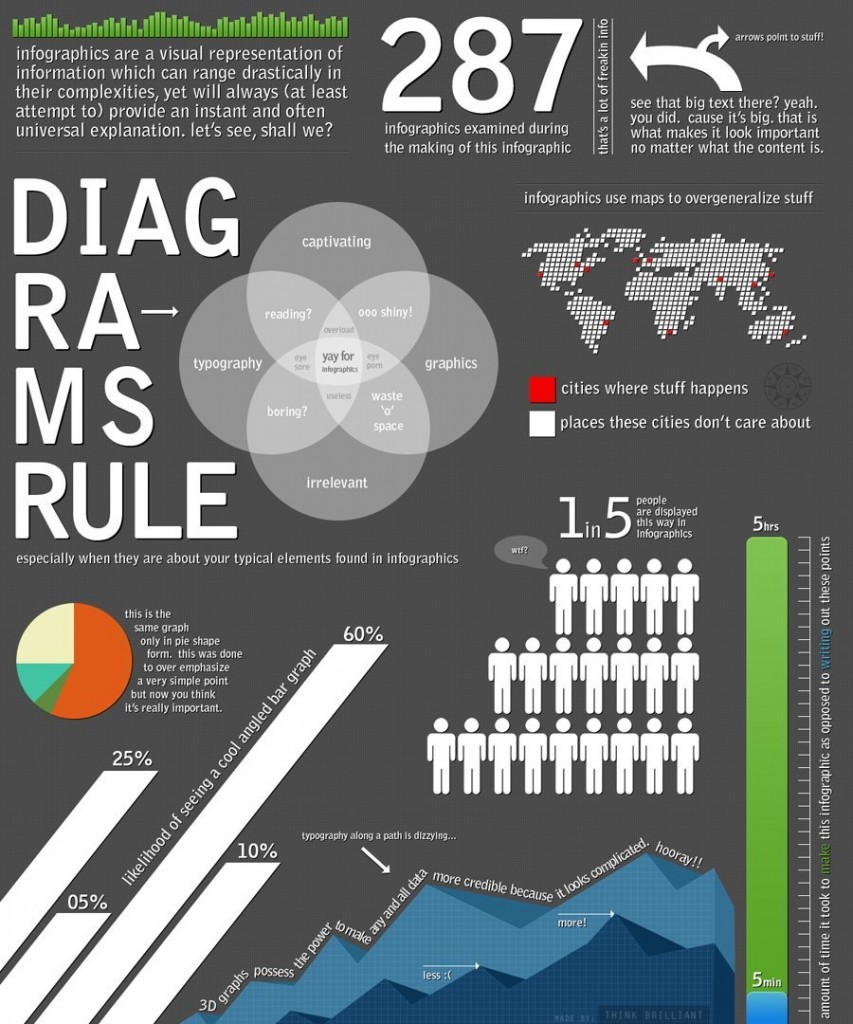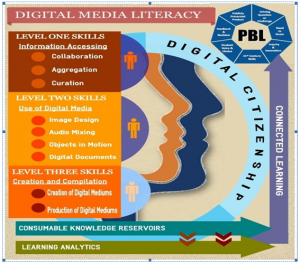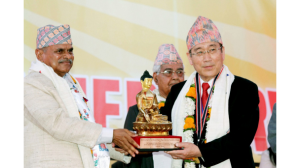History and the “Past” aren’t synonyms. The past is the totality of time that occurs before the “Now.”As stated in the ubiquitous opening line of L. P. Hartley’s novel The Go-Between, “The past is a foreign country: they do things differently there.”
Also, history is not an external truth to be memorized. Have you heard student’s lament “Just tell us what to know (dates, events, and people please).” This passive posture is endemic. It is a major challenge to break down students’ perception of history as a course in memorization when that is the model of teaching used by colleagues.
History isn’t a timeline; a singular projection of events, people, groups etc. Chronology can give insight into a student’s understanding of the past, but it is not an elevated, critical thinking task.
History doesn’t repeat itself. It doesn’t DO anything. That is because history isn’t an external force, or a prime mover, or reified force. In addition, claims to inevitability as part of the human experience make me cringe. (Next time you mess up, tell the authority “Well, sorry but it had to happen, my behavior was inevitable… I was just carrying out destiny’s will. Let me know how that goes.).
So what is history? History is a constructed understanding of the past. It is part of an individual or collective world view which changes over time due to experiences, perspectives, beliefs, hopes etc. In turn, how we engage with the past, and recognizing the meta-cognitive aspects of this venture, impacts our identity. Indeed, recognizing an identity, memory, and history nexus is an architecture for self-understanding.
For students in high school, teaching history in this fashion, as a personal construction(which will change) based on experiences, is an empowering methodology. Students learn to be critical about thought, media,and knowledge claims, and invites embracing the possibilities of grayness and ambiguity.
One simple adjustment for teachers to utilize this teaching style is to alter their pedagogical language from declarative to inquisitive. “Here is what you need to know!” morphs into questions of inquiry. An even better approach is when questions are provocative. For example:
- “If women were not allowed universal suffrage until the early 20th century, was the USA a democracy before then?”
- “How can we call the US isolationist in the 1920s and 1930s if the US had active military actions in Latin America, Russia, and the Philippines?”
- “If the Cold War was a conflict between communism and democracy, why would China (a communist nation) have better relations with the USA than with the USSR in the 1970s?”
Try making your own questions. The key is to have them be open-ended and to utilize a “conceptual framework” for students to analyze.
Historical Thinking Skills (HTS)
Historical Thinking Skills are content specific applications of critical and creative thinking. Educators have an array of HTS models to select from. Using them establishes a set of transferable skills to other content and life outside of the classroom. Which set do you use or encourage history teachers to use? What are some other models not listed here?
- Historical Thinking Project
- Beyond the Bubble
- The College Board
- The American Historical Association
- TeachingHistory.Org
- History Labs
- National History Day
There are some overlap of skills among these organizations. Regardless, they all talk to a constructivist (higher order thinking) approach to studying, imagining, and interpreting the past. Check them out and use them with you students.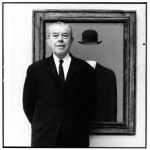
Magritte’s Windows: Do You See What I See?
What can Belgian surrealist Rene Magritte offer to history education? His series of “Window” paintings provide reminders about constructivism and studying the past. Magritte noted “We see it outside ourselves, and at the same time we only have a representation of it in ourselves. In the same way, we sometimes situate in the past that which is happening in the present. Time and space thus lose the vulgar meaning that only daily experience takes into account.”
Take a look at some of his window series (both the shattered windows and easel motifs).
Click here see my short screencast explaining the utility of Magritte’s window to teach history from a narrative constructivist approach. I contend that the shattered paintings also support the post-modern concept that “master narratives” no longer can hold as absolute truth claims. Sorry national histories, you can’t/don’t get it all right.
Connectivism and History Education
History teachers need to know their content. But they need to realize that,like the textbook, they are no longer the source nor are they the only source for knowledge of the past their students can access. The past’s “bottle neck” of historical information has been democratized, mostly through the availability of technology. A multitude of sources of information demands that teachers facilitate student access, evaluation, use, and creation of information. skills his is a singulart understanding with limitless projections, nodes, and interconnections. This suggests that students be exposed to a variety of perspectives and sources as they construct their inter-conneted world view.
Growing up, this networked way of thinking about the past was explored in the television series Connections hosted by James Burke. “Connections explores an “Alternative View of Change” (the subtitle of the series) that rejects the conventional linear and teleological view of historical progress. Burke contends that one cannot consider the development of any particular piece of the modern world in isolation. Rather, the entire gestalt of the modern world is the result of a web of interconnected events, each one consisting of a person or group acting for reasons of their own motivations (e.g., profit, curiosity, religious) with no concept of the final, modern result to which the actions of either them or their contemporaries would lead.” (view all episodes here!)
One of my favorite episodes, Revolutions, is here. Prepared to be addicted…
Also, this type of understanding and world vids was published by the McNeil’s in the Human Web (2003). 
“The general direction of history has been toward greater & greater social cooperation – both voluntary and compelled – driven by the realities of social competition. Over time, cooperating groups of every sort tended to grow in size to the point where their internal cohesion, their ability to communicate and conform, weakened and broke down.”
(McNeill & McNeill, p.6)
David Christian’s 2004 Maps of Time followed suit by introducing the concept of “Big History.”
“Metanarratives exist, they are powerful, and they are potent. We may be able to domesticate them; but we will never eradicate them. Besides, while grand narratives are powerful, subliminal grand narratives can be even more powerful. Yet a  ‘modern creation myth’ already exists just below the surface of modern knowledge. It exists in the dangerous form of poorly articulated and poorly understood fragments of modern knowledge that have undermined traditional accounts of reality without being integrated into a new vision of reality…schools to universities to research institutes… teach about origins in disconnected fragments. We seem incapable of offering a unified account of how things came to be the way they are.” ”
‘modern creation myth’ already exists just below the surface of modern knowledge. It exists in the dangerous form of poorly articulated and poorly understood fragments of modern knowledge that have undermined traditional accounts of reality without being integrated into a new vision of reality…schools to universities to research institutes… teach about origins in disconnected fragments. We seem incapable of offering a unified account of how things came to be the way they are.” ”
The first week in November H2 (History Channel 2) aired Big History in two episodes, “Salt” (clip below), and “Horse Power Revolution.”
“In a big-history sense, New York City would not be the city that it is without salt,” says Mark Bitterman, author of “Salted: A Manifesto on the World’s Most Essential Mineral, With Recipes.”
The NYTimes predicted, “The program will probably find a home in many high school classrooms.”Odds are even higher as the curriculum has the financial backing of Bill Gates,”“Big History is my favorite course of all time. It blurs the boundaries between science, geography and history and literally tells the story of the universe.” And now it is available online . That is pretty amazing.
Exploring networks and teaching students to view history as a constructed and connected understanding of the past is the way the history should be taught in schools. By emphasizing “narrative” as the interpretation of the past (with evidence to make your claim valid – see quote above) students develop important, relevant skills using history content. What a great way to study the past!
In short, instead of being graded on what you can look up, students are expected to present and support their understanding.

